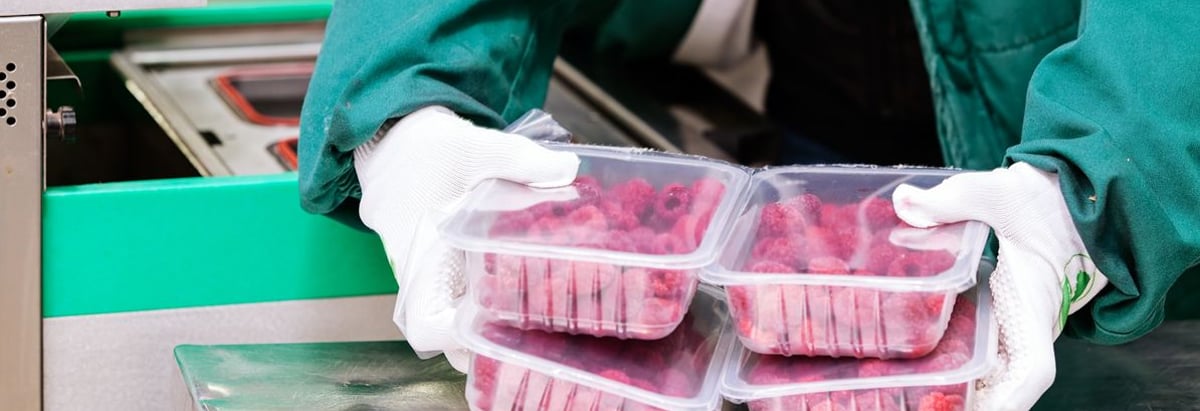
The external fund manager backed by Berkshire Hathaway's Charlie Munger, Li Lu, makes no bones about it when he says 'The biggest investment risk is not the volatility of prices, but whether you will suffer a permanent loss of capital.' When we think about how risky a company is, we always like to look at its use of debt, since debt overload can lead to ruin. Importantly, B&G Foods, Inc. (NYSE:BGS) does carry debt. But is this debt a concern to shareholders?
When Is Debt A Problem?
Debt assists a business until the business has trouble paying it off, either with new capital or with free cash flow. In the worst case scenario, a company can go bankrupt if it cannot pay its creditors. While that is not too common, we often do see indebted companies permanently diluting shareholders because lenders force them to raise capital at a distressed price. Of course, plenty of companies use debt to fund growth, without any negative consequences. The first thing to do when considering how much debt a business uses is to look at its cash and debt together.
See our latest analysis for B&G Foods
How Much Debt Does B&G Foods Carry?
The image below, which you can click on for greater detail, shows that B&G Foods had debt of US$1.64b at the end of March 2019, a reduction from US$2.10b over a year. And it doesn't have much cash, so its net debt is about the same.

How Healthy Is B&G Foods's Balance Sheet?
We can see from the most recent balance sheet that B&G Foods had liabilities of US$266.5m falling due within a year, and liabilities of US$1.93b due beyond that. On the other hand, it had cash of US$11.3m and US$164.3m worth of receivables due within a year. So its liabilities outweigh the sum of its cash and (near-term) receivables by US$2.02b.
This deficit casts a shadow over the US$1.18b company, like a colossus towering over mere mortals. So we'd watch its balance sheet closely, without a doubt After all, B&G Foods would likely require a major re-capitalisation if it had to pay its creditors today.
In order to size up a company's debt relative to its earnings, we calculate its net debt divided by its earnings before interest, tax, depreciation, and amortization (EBITDA) and its earnings before interest and tax (EBIT) divided by its interest expense (its interest cover). Thus we consider debt relative to earnings both with and without depreciation and amortization expenses.
Weak interest cover of 2.3 times and a disturbingly high net debt to EBITDA ratio of 5.5 hit our confidence in B&G Foods like a one-two punch to the gut. The debt burden here is substantial. Investors should also be troubled by the fact that B&G Foods saw its EBIT drop by 13% over the last twelve months. If that's the way things keep going handling the debt load will be like delivering hot coffees on a pogo stick. There's no doubt that we learn most about debt from the balance sheet. But it is future earnings, more than anything, that will determine B&G Foods's ability to maintain a healthy balance sheet going forward. So if you're focused on the future you can check out this free report showing analyst profit forecasts.
Finally, a company can only pay off debt with cold hard cash, not accounting profits. So the logical step is to look at the proportion of that EBIT that is matched by actual free cash flow. In the last three years, B&G Foods's free cash flow amounted to 40% of its EBIT, less than we'd expect. That weak cash conversion makes it more difficult to handle indebtedness.
Our View
To be frank both B&G Foods's net debt to EBITDA and its track record of staying on top of its total liabilities make us rather uncomfortable with its debt levels. But at least its conversion of EBIT to free cash flow is not so bad. After considering the datapoints discussed, we think B&G Foods has too much debt. While some investors love that sort of risky play, it's certainly not our cup of tea. Given the risks around B&G Foods's use of debt, the sensible thing to do is to check if insiders have been unloading the stock.
If you're interested in investing in businesses that can grow profits without the burden of debt, then check out this free list of growing businesses that have net cash on the balance sheet.
We aim to bring you long-term focused research analysis driven by fundamental data. Note that our analysis may not factor in the latest price-sensitive company announcements or qualitative material.
If you spot an error that warrants correction, please contact the editor at editorial-team@simplywallst.com. This article by Simply Wall St is general in nature. It does not constitute a recommendation to buy or sell any stock, and does not take account of your objectives, or your financial situation. Simply Wall St has no position in the stocks mentioned. Thank you for reading.
About NYSE:BGS
B&G Foods
Manufactures, sells, and distributes a portfolio of shelf-stable and frozen foods, and household products in the United States, Canada, and Puerto Rico.
Undervalued with moderate growth potential.
Similar Companies
Market Insights
Community Narratives





